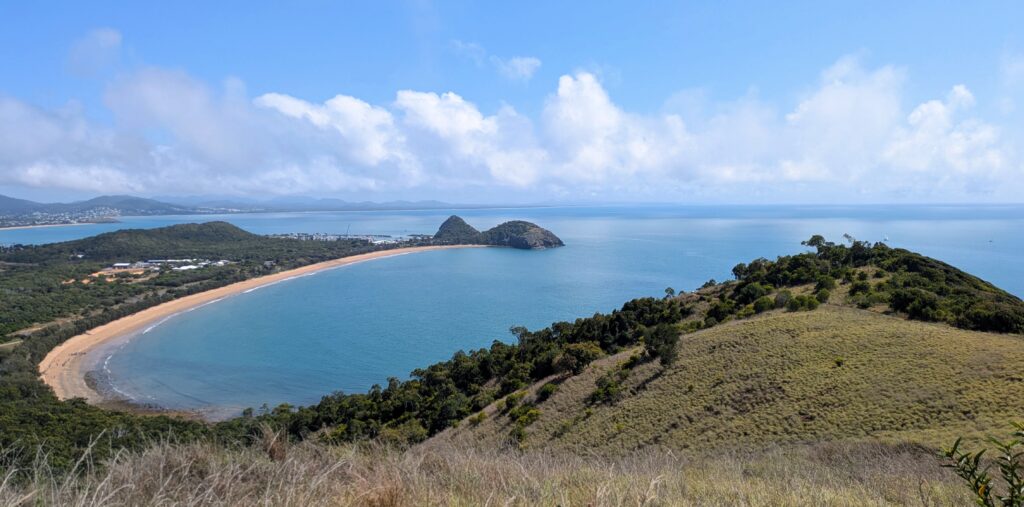Sept 19, 2025 Vernal Equinox?

According to Weather Underground today is the Vernal Equinox in Yeppoon, Queensland, Australia! Although officially it’s September 23 according to Google.
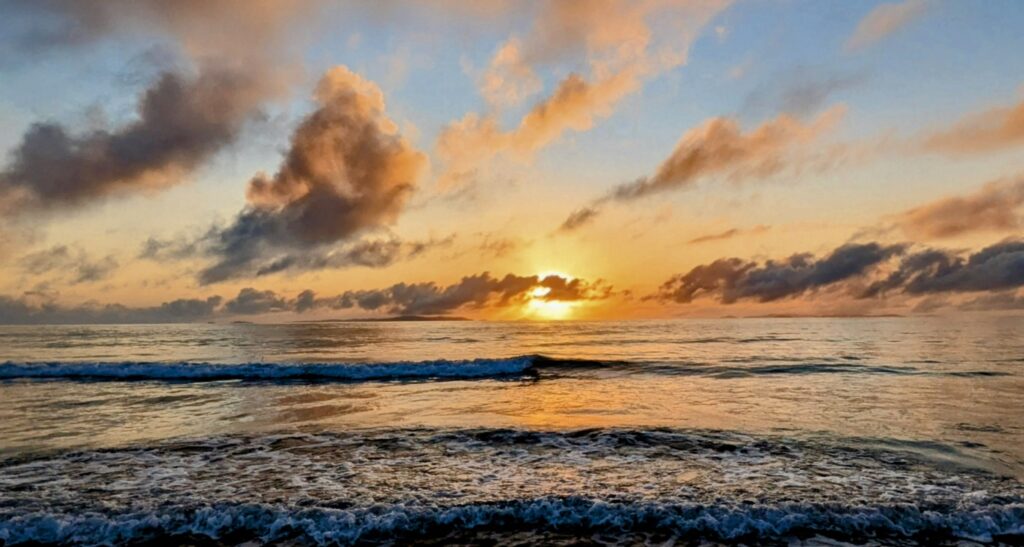
To make use of the 12 hour sunshine we went the 200 yards to the beach to watch the sunrise and dip our toes in the Pacific Ocean. Robert fully submerged!
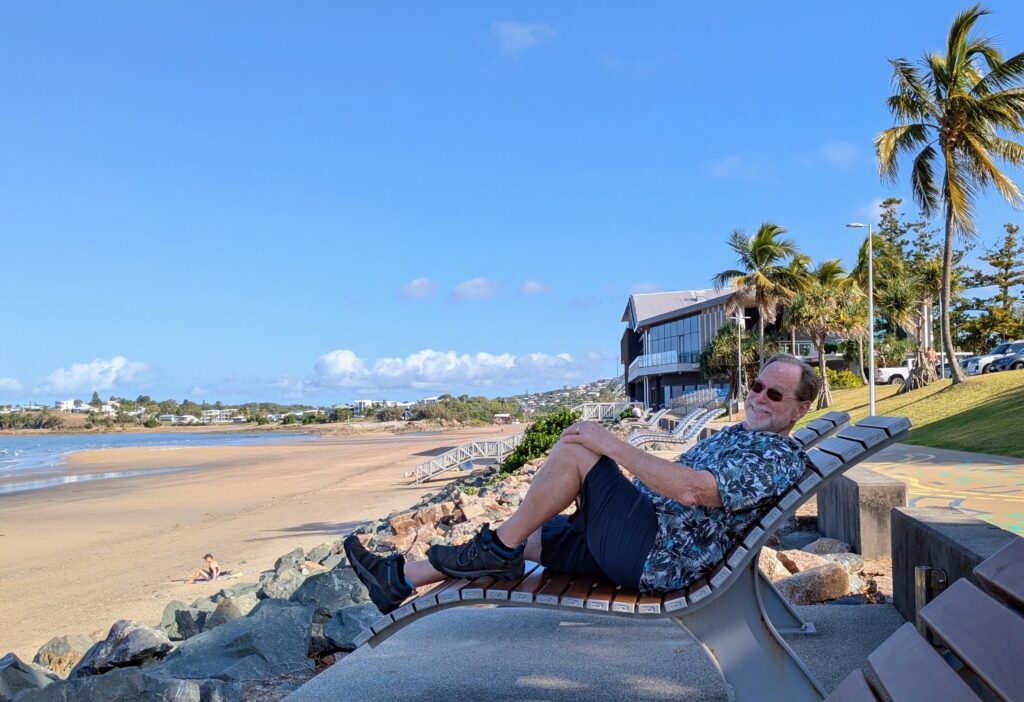
After returning from our hike we scootered to the esplanade along the beach in town and relaxed on the loungers!
Sept 18, 2025 Wreck Point Lookout
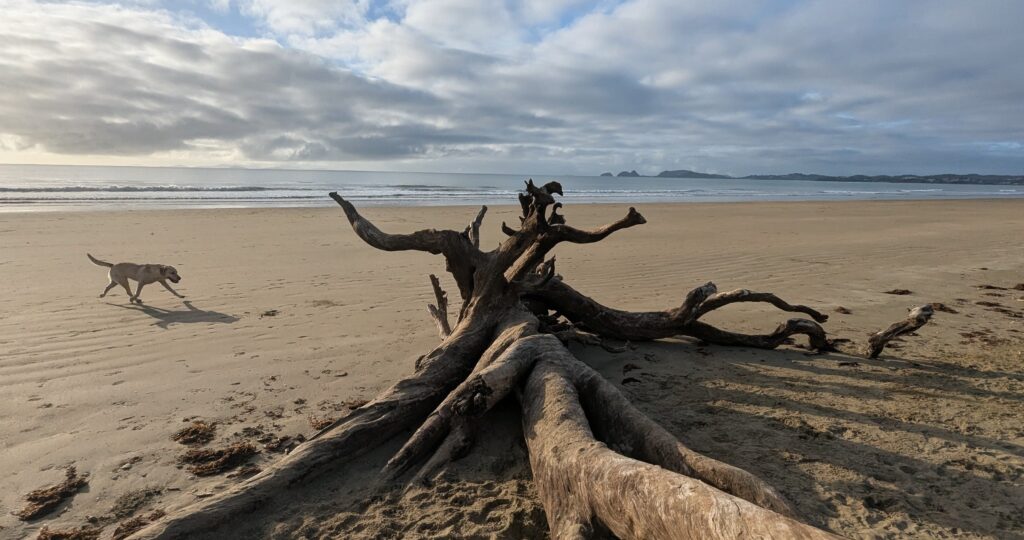
Our day started with a morning walk on the beach, along with others, including their dogs!
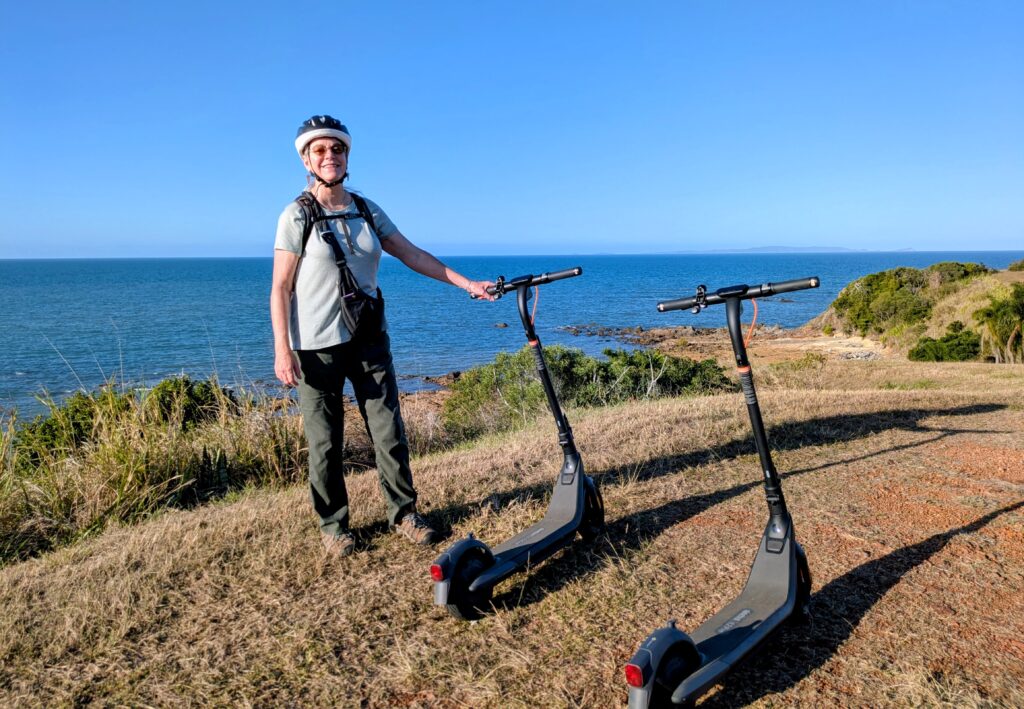
The big adventure for the day was a scooter ride along the waterfront and up on a bluff to Wreck Point Lookout, a 3.5 mile one way trip.
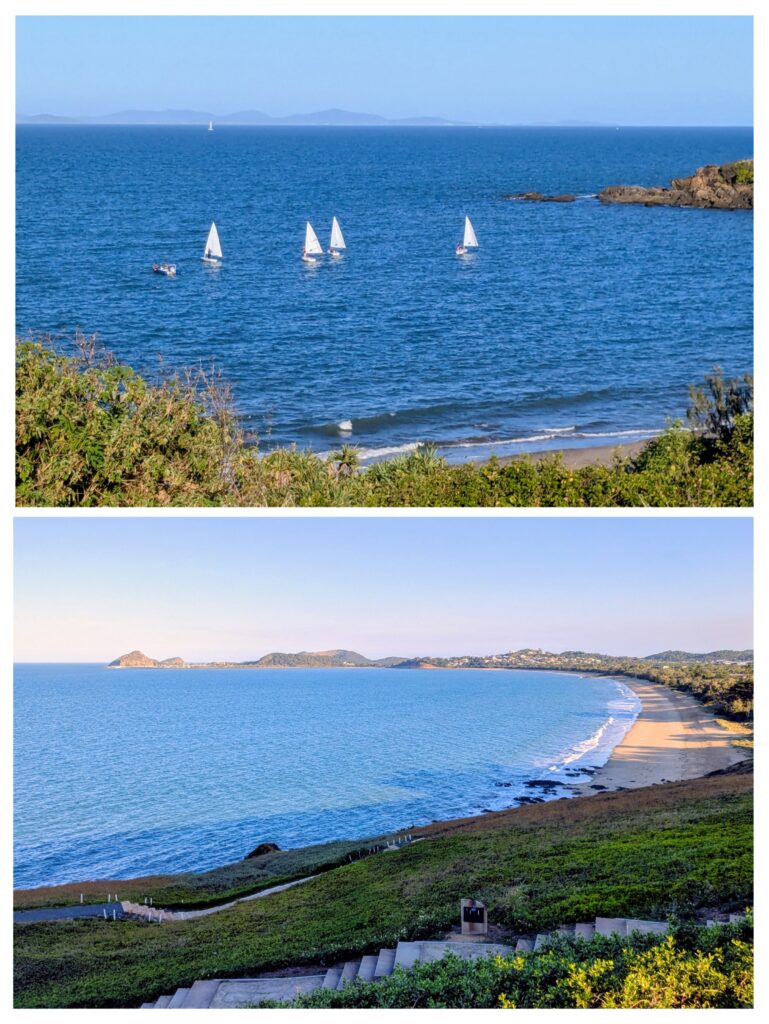
From the Lookout we could see a sailing class in Cooee bay on one side, and Lammermoor Beach stretching along the other side.
We got back with just a little juice left on the scooters!
Sept 17, 2025 Scooters!
We traveled north about 230 miles to the Oceanside town of Yeppoon. When we arrived at the apartment we will call home for 3 nights, we found electric scooters at our disposal! We had enough time before dark to take them for a spin. There is a paved walkway all along the beach, so we have ample space to travel into the main part of town.
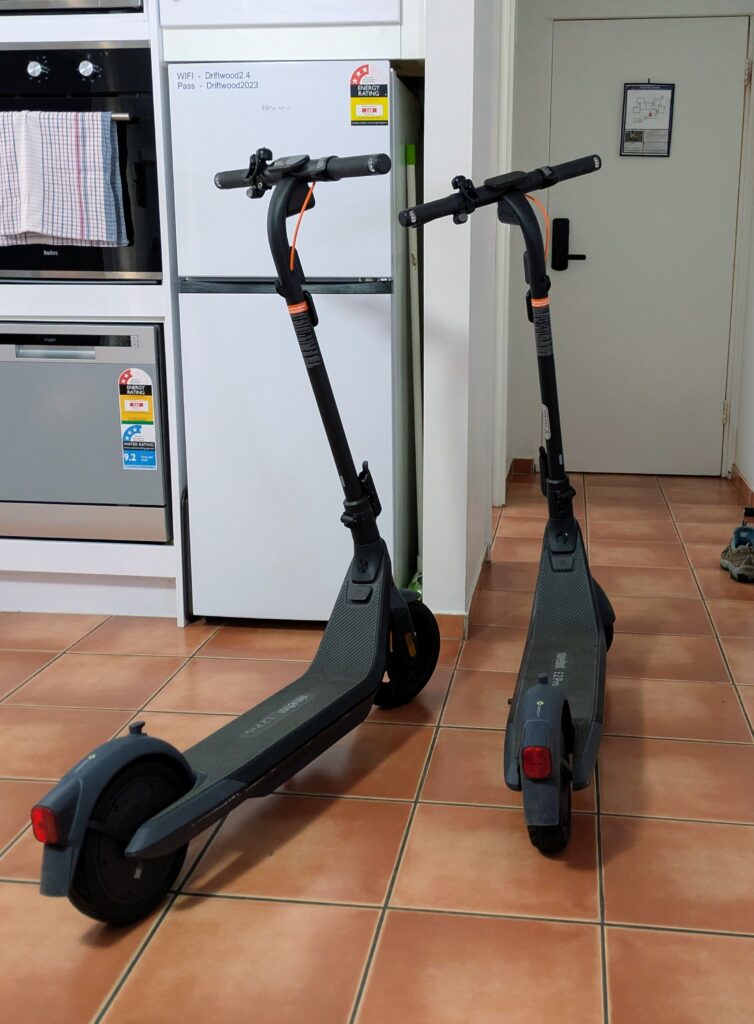
Toys!
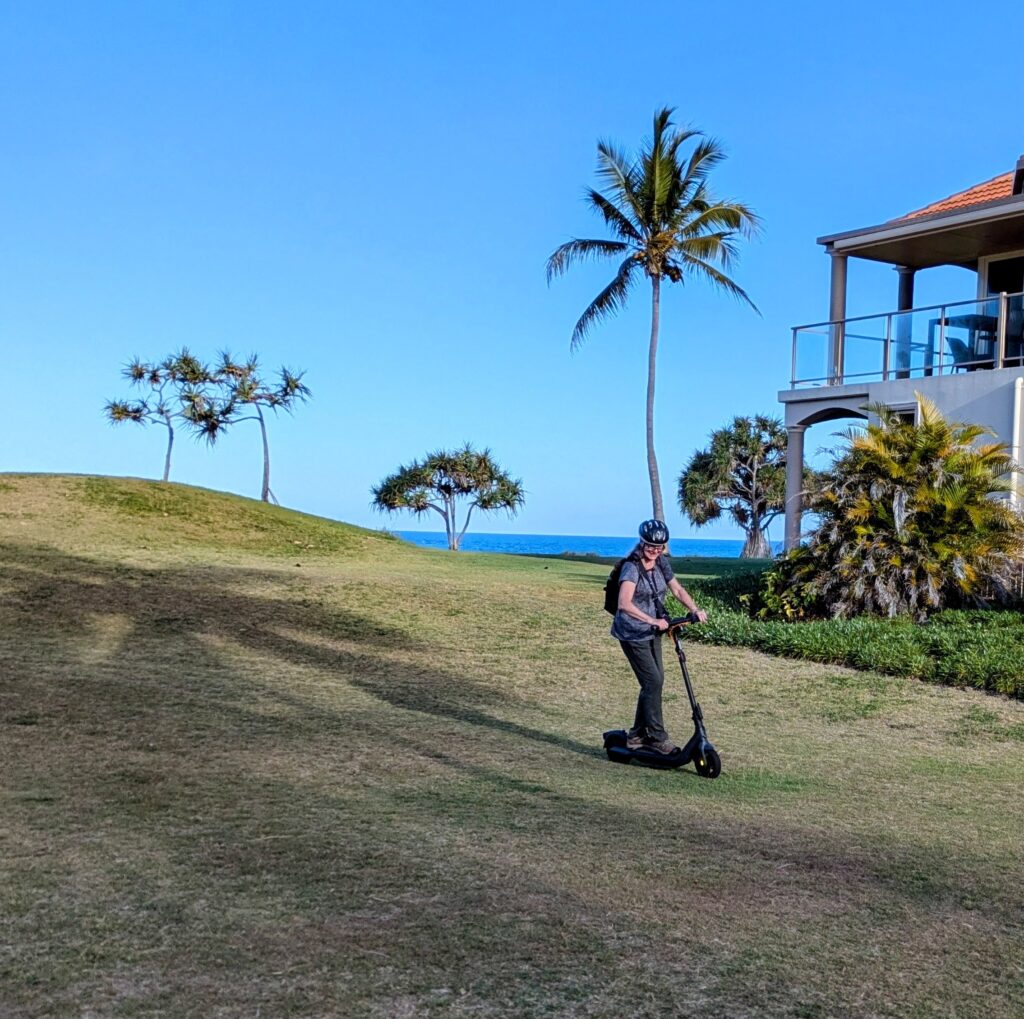
Practicing on the grassy swale between the apartment and the beach.
Sept 16, 2025 To Sea
We went east to Hervey Bay, a collection of small towns that line the bay formed from Bundaberg south and then swinging around the coast of K’gari, the largest sand island in the world (710 square miles)!
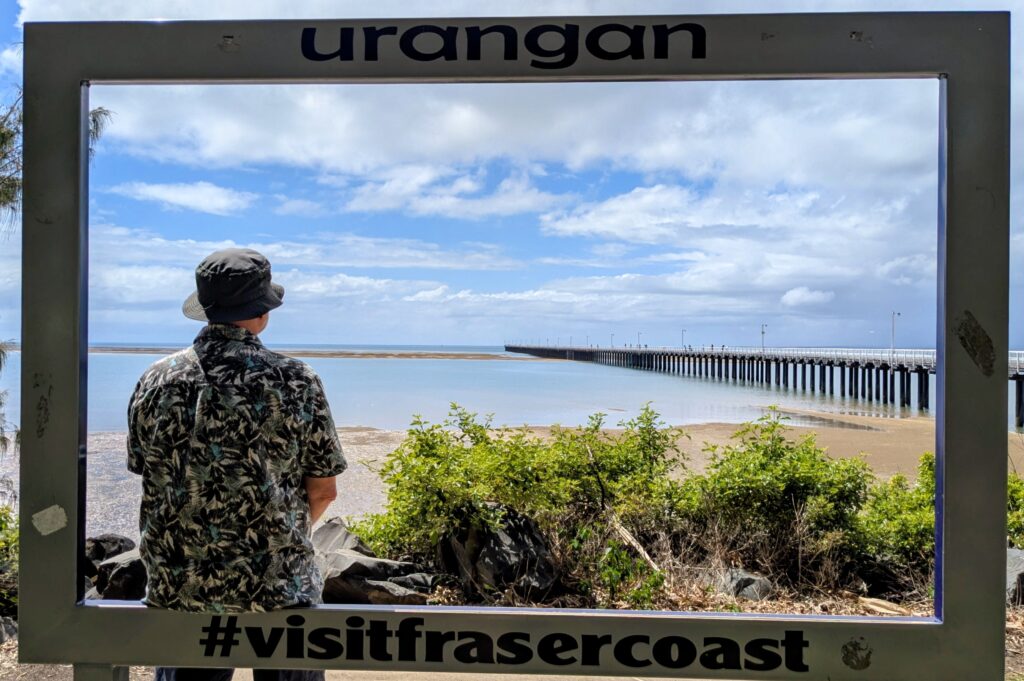
The town of Urangan has a very long pier extending out into the very shallow bay. We walked out to the end and figure that it goes one mile out! There were fishermen & women along the pier and we could see huge schools of fish in the shadow cast by the pier.
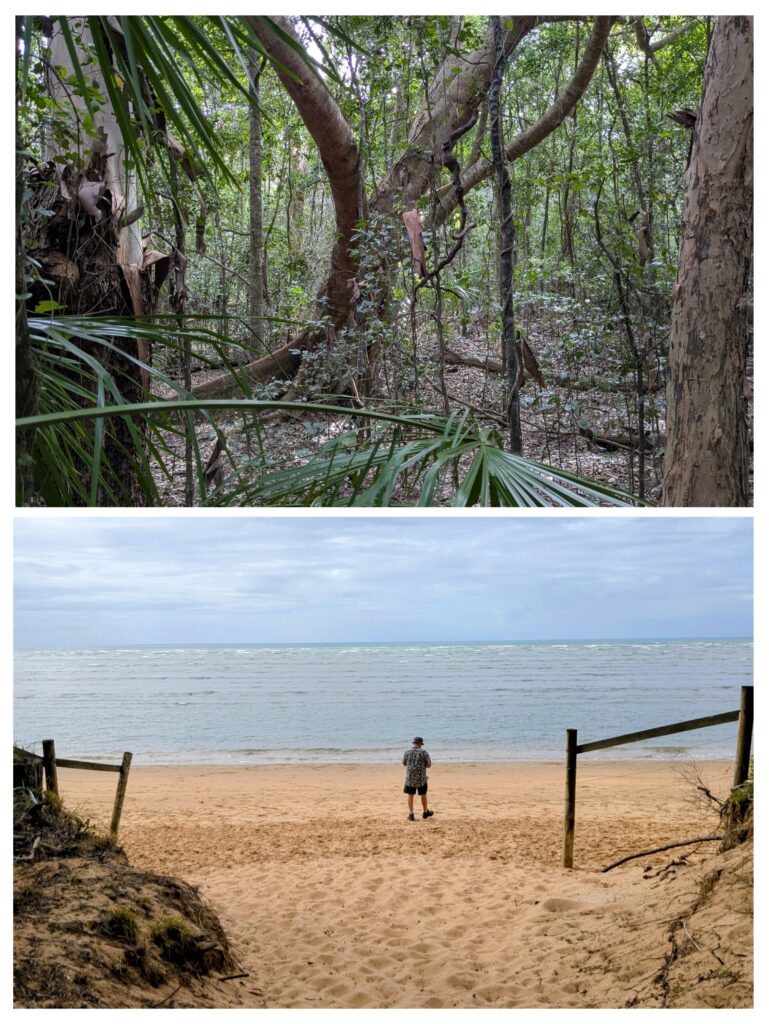
We found a tiny 18 acre reserve along the bay, preserving a small remnant of the ‘vine forest’ that once blanketed the south Queensland coast. We walked through the dry rainforest, listening to the birds in the bush. The forest opened onto a pristine empty beach with osprey perched in the trees watching for fish in the shallow bay waters.
Sept 15, 2025 From Mountain
We headed inland to Mount Walsh hoping to hike to Waterfall Creek rock pools.
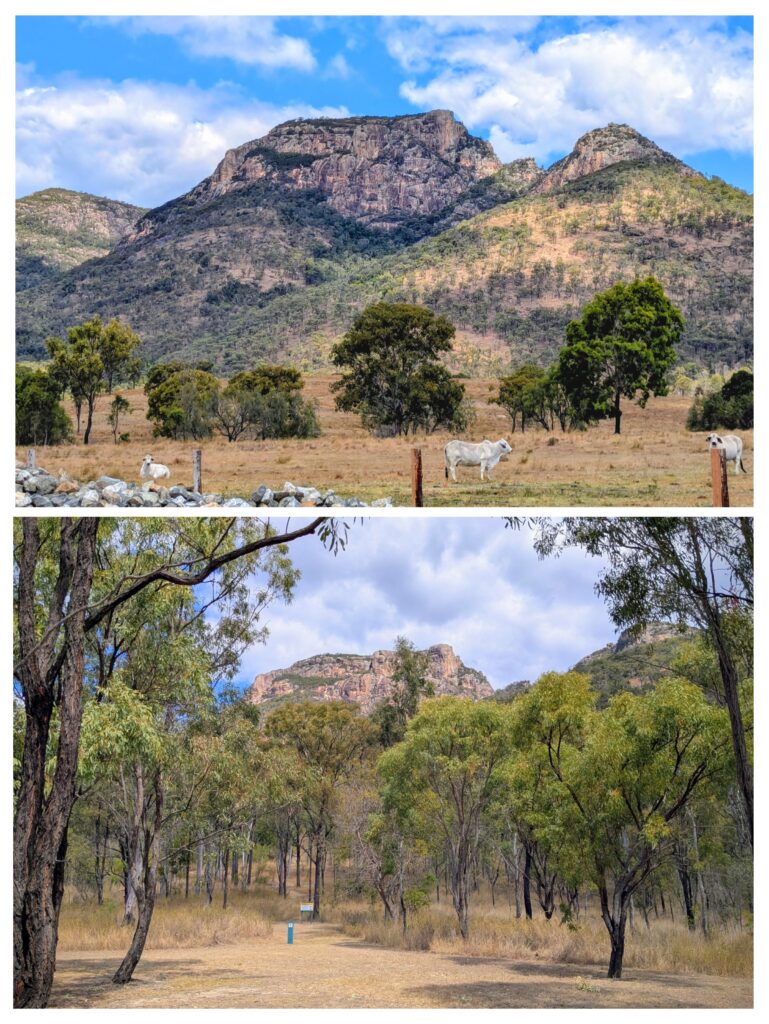
From a distance the mountain is imposing. When we reached the trailhead we realized it’s too imposing! We changed our minds when another hiker arrived, much better prepared than us, with hiking poles and leg coverings to protect from the snakes that most certainly are around!
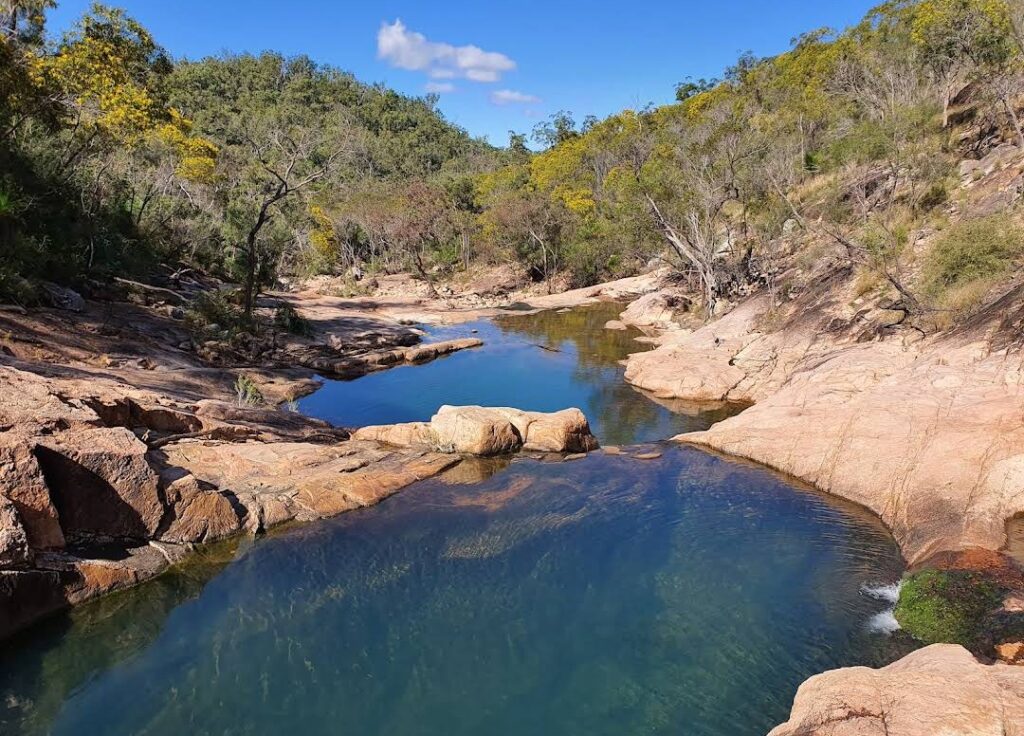
These are the pools we were hoping to reach. We consoled ourselves by imagining that with the current drought, the pools are probably empty or slimy with algae!


